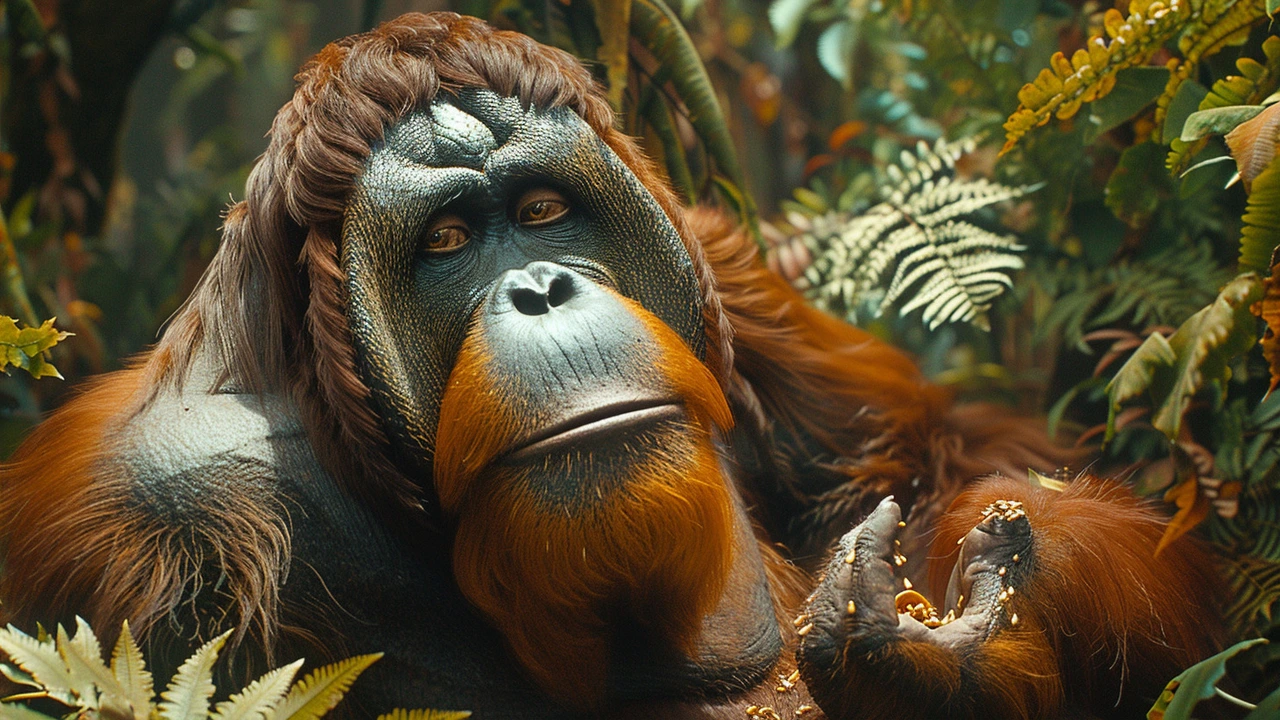Wildlife conservation is all about protecting animals, plants, and their natural homes. It may sound simple, but it’s actually a big deal because many species face threats like habitat loss, poaching, and climate change. When we conserve wildlife, we help keep ecosystems balanced and preserve nature’s beauty for future generations.
But why should you care? Well, healthy wildlife populations mean healthier ecosystems, which benefits us all. For example, bees help pollinate crops, and forests regulate the air we breathe. Losing wildlife can disrupt these important cycles and even impact food security.
One major challenge is habitat destruction. Urban expansion, farming, and logging squeeze animals out of places they’ve lived for centuries. When forests and wetlands shrink, animals lose shelter and food. Illegal hunting or poaching also puts many species at risk, especially those with valuable parts like ivory or fur.
You don’t have to be a scientist to make a difference. Supporting wildlife-friendly products, reducing waste, and planting native trees all help. Education matters too. When communities understand why wildlife matters, they are more likely to protect it. Volunteering or donating to conservation groups can amplify your impact as well.
Wildlife conservation isn’t just for experts—it’s something anyone can contribute to. By protecting animals and their habitats, we keep our planet lively and resilient. So next time you see a bird, a butterfly, or a tree, remember: they’re part of a delicate balance worth saving.
